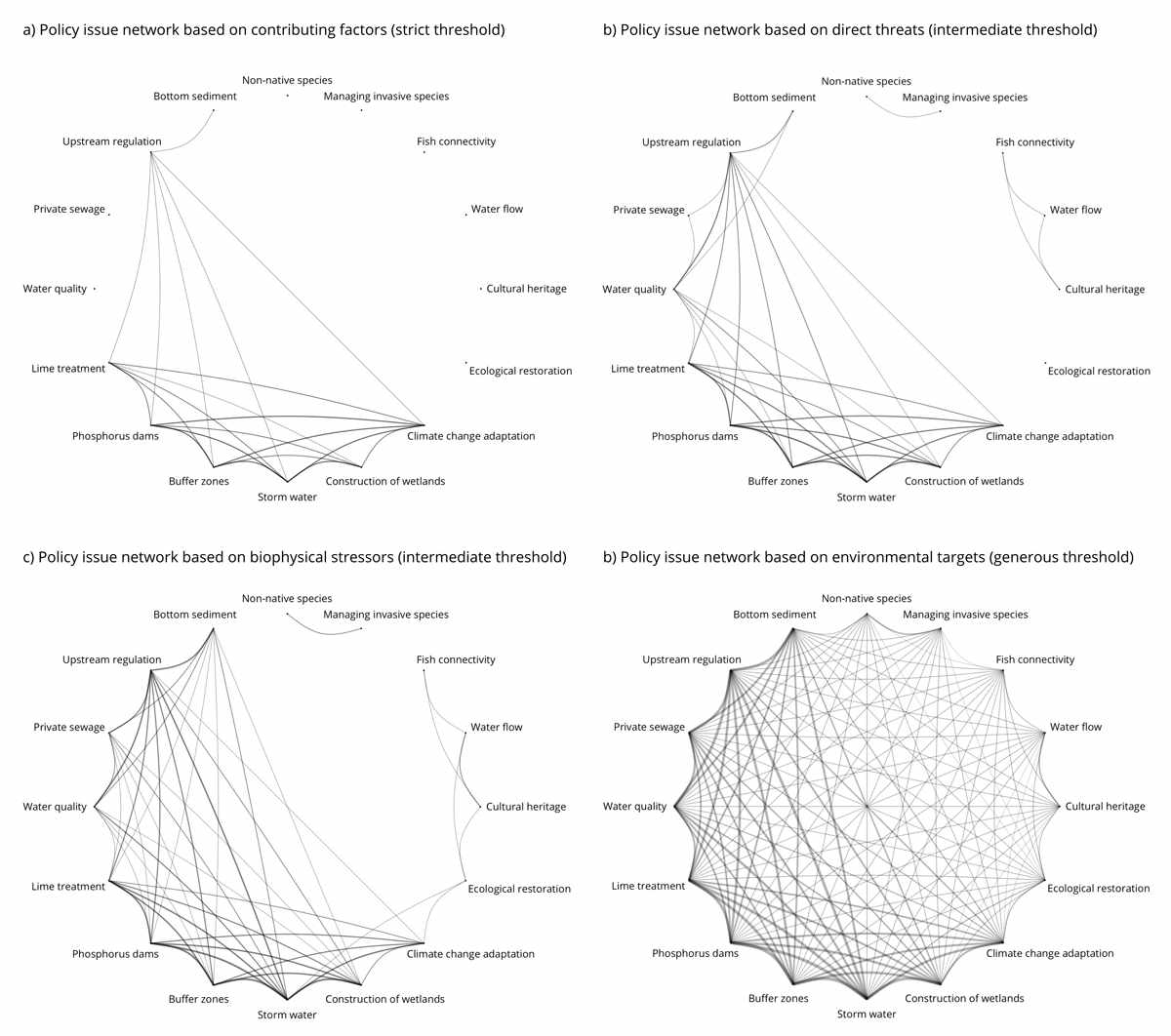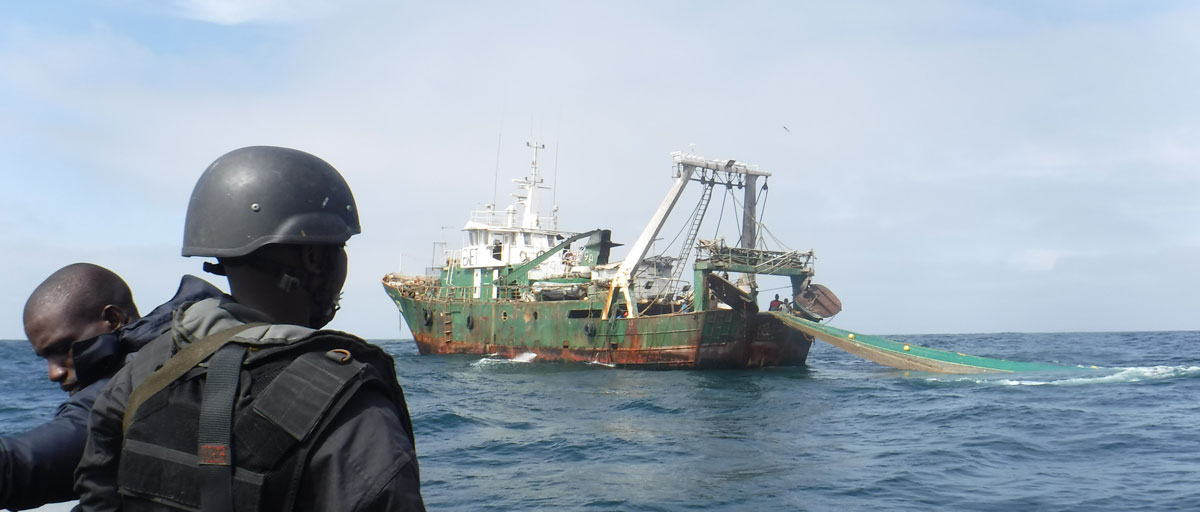Water governance
What it takes to address several challenges at the same time
Four insights into dealing with environmental policy issue interdependencies
- To effectively resolve complex environmental problems, the capacity to address several different challenges in concert must be improved
- Study suggests a new methodological procedure to enable decision-making that acknowledges how environmental challenges influence each other
- Four insights emerged when applying the procedure to a case of water governance in Mideast Sweden
ONE THING CAN LEAD TO ANOTHER: If you want to reduce water pollution from agriculture you could develop rules against ditching in order to decrease nutrient and pesticide runoff from fields. An added bonus to such measure is that reducing ditching can also prevent the loss of crucial wetlands.
Welcome to the world of “policy issue interdependency”, when a policy addressing one environmental issue can have consequences for another, creating win-wins or trade-offs.
Policy issue interdependencies are rarely explicitly defined nor assessed close to the everyday practices of policy actors.
Johanna Hedlund, first author
Scant guidance
Together with centre colleague Örjan Bodin and Daniel Nohrstedt from Uppsala University, Hedlund has developed a new methodological procedure for dealing with policy issue interdependencies, which they have tested on a case study of water governance in the Norrström drainage basin, located in Mideast Sweden.
The study was published in the International Journal of the Commons.
“Acknowledging how policy issues influence each other can improve our capacity to address complex environmental problems and make interventions more effective,” adds Örjan Bodin.
Many previous studies have pinpointed the importance of such interdependencies, but provided scant guidance for local and regional decision makers who must face them without being overwhelmed by ‘uncertainty paralysis’.
Real-world testing
The study’s focus on the Norrström drainage basin was motivated by its national importance and many interconnected water bodies giving rise to a range of policy issues and interdependencies.
The basin includes the capital of Stockholm and is governed by one public organisation. It encapsulates the big lakes Mälaren and Hjälmaren as well as 62 municipalities populated by approximately 20% of the Swedish population.
Applying the new methodological procedure to the Norrström drainage basin resulted in four major insights:
- Policy actors confirmed that the procedure is reliable
- Many, but certainly not all, policy issues were found to be interdependent
- Policy issue interdependencies are most important to pay attention to when the overall level of interdependency is moderate
- The study also spurred new research questions about how actors perceive policy issue interdependencies, in particular if it is easier to comprehend and act on reinforcing (win-win) or counteracting (trade-off) interdependencies.
“Policy issue interdependencies do not exist in one form only, they vary by degree and type of interdependency. Detailing this diversity can reveal where policy intervention is potentially most effective,” Johanna Hedlund concludes.

Policy issue networks based on factor types a) contributing factor (strict threshold producing a density of 0,175) b) direct threat (intermediate threshold producing a density of 0,292) c) biophysical stressor (intermediate threshold producing a density of 0,417) d) environmental target (generous threshold producing a density of 0,967). These results confirm an increase in network density the more intervening factors are included. Thicker ties illustrate that both issues are overall linked to many of the same factors, even though these can also be factors that connect the respective issues to other factors and not necessarily only to each other.
Methodology
The study combined and built on several previous methodologies, tools and frameworks, in particular network methods combined with the “Open Standards for the Practice of Conservation, OS” and its associated Miradi Open Standards software. The two have been used in more than hundred conservation projects globally and can unravel how actors organise actions to achieve certain targets by explicitly mapping causes and effects. Mapping this is useful for identifying actions that are associated with two or more policy issues, and thereby making them interdependent.
Hedlund, J., Bodin, Ö. and Nohrstedt, D., 2021. Assessing Policy Issue Interdependencies in Environmental Governance. International Journal of the Commons, 15(1), pp.82–99. DOI: http://doi.org/10.5334/ijc.1060









